reflecting on the nature of society we want to live in
based on ideas of what a good life looks like. It makes
recommendations that allow us to strive towards ways
of life that will be most conducive to our own and
others’ wellbeing.
Ethical concerns are no stranger to medicine. After
all, thousands of years ago, Hippocrates, considered the
father of Western medicine, was urging physicians to
do no harm. The discipline of medical ethics, however,
did not fully develop until the 1970s. Two factors
contributed to the development of medical ethics [1].
First, medical scandals emphasized the need for ethical
standards and regulation. For instance, the Tuskegee
Syphilis Experiment scandal in 1972 revealed that
subjects with syphilis had gone untreated for four
decades despite treatment being available, and without
the knowledge or consent of subjects. Second,
advances in technology confronted doctors with new
ethical challenges they did not know how to resolve.
The mechanical ventilator, for instance, forced a
rethink of the concept of death and organ transplants.
Doctors now had access to bodies without functioning
brains but with working organs that could be
transplanted. It became clear that addressing such
ethical dilemmas required experts other than healthcare
professionals whose primary expertise was in keeping
people healthy, and not in resolving ethical problems.
Today, the biomedical field has come to prioritize
four foundational ethical principles – justice (fair,
equitable, and appropriate treatment of patients),
respect for autonomy (relating to a patient’s capacity to
self-determine), beneficence (obligation to act for the
benefit of the patient), and non-maleficence (avoiding
harm to the patient). These principles help realize a
common morality that must also be applied to emerging
DMDs, during their design and development (including
during clinical trials), as well as during post-
deployment monitoring and troubleshooting (including
product recalls and replacements). Fortunately,
medical device development is already regulated, with
codes, guidelines, and standards aimed at protecting
patients [2]. However, the ethical framework within
which these directives work remains unwritten and
nebulous. Coupled with rapid advances in digital
medicine technology and evolving societal values,
engineers working on digital medicine products are
increasingly facing gray areas not covered by codes and
regulations.
Part of the challenge is that the fields of ethics and
technology development have very distinct cultures [3].
For instance, while ethics often draws out discussion by
way of analogies and thought experiments, the
technology development field tends to make use of
more direct, concrete cases. Where ethics is keen to
critique theories and methods, technology engineers are
more interested with usable results. And where the
practice of ethics can take substantial time to conduct
analyses, technological developments must minimize
time and other expenditures. As engineers and
scientists working on medical technologies are unlikely
to become experts in ethical reasoning, there is a need
to identify robust methodologies that can integrate
ethical considerations across the DMD lifecycle.
The other challenge has to do with the complexity
of multiple stakeholders in the DMD lifecycle. One
may think that patients are the primary stakeholders
with DMDs, but not always. For instance, a DMD
designer should consider manufacturing engineers as
stakeholders because design decisions can lead to the
use of chemicals during manufacturing that may be
hazardous to those engineers (and violate the principle
of non-maleficence from their perspective). Of course
this stakeholder has little relevance once a device is in
the market. Or consider the choice of material early in
the design phase of an implantable left ventricular
assist device (LVAD). It may be beneficial to consider
a liability lawyer as a stakeholder in the device post
deployment phase, as instances of the material ending
up being the source of adjacent tissue damage and
infections could shift the balance away from true
beneficence to society from the perspective of the
liability lawyer, even though that material may have
been one of the easiest to use in manufacture. Thus,
identifying the appropriate stakeholders, of which there
can be many, is crucial for effective ethical analysis
during a DMD lifecycle.
This article reflects on the ethical challenges facing
digital medicine. While some prior surveys have
discussed ethics for health-related IoT devices, e.g.,
[13], their scope primarily pertains to technological
challenges, e.g., creating secure and privacy-preserving
hardware/software solutions. In contrast, our scope is
more up to date and also broader, covering ethical
challenges with digital medicine from a technological
as well as a regulatory, professional, societal, and
educational perspective.

 2024-12-02 1
2024-12-02 1
 2024-12-02 1
2024-12-02 1
 2024-12-02 1
2024-12-02 1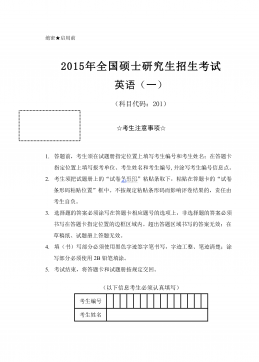
 2024-12-02 1
2024-12-02 1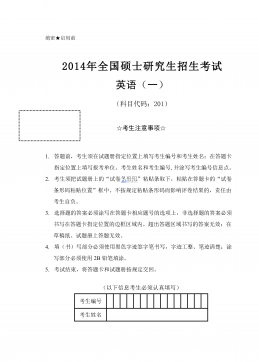
 2024-12-02 1
2024-12-02 1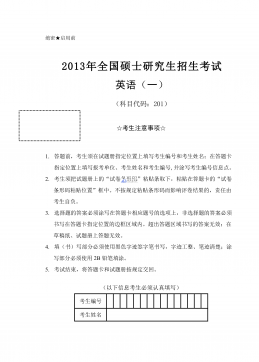
 2024-12-02 2
2024-12-02 2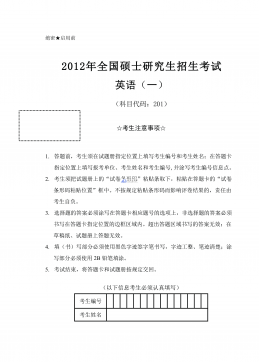
 2024-12-02 1
2024-12-02 1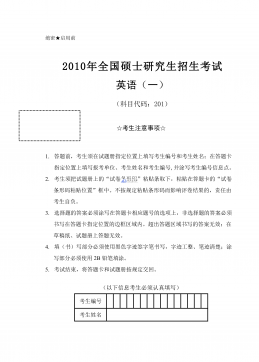
 2024-12-02 13
2024-12-02 13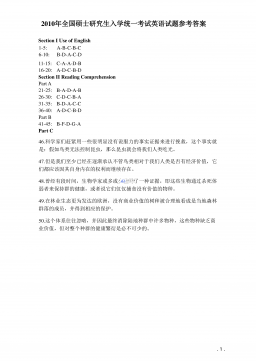
 2024-12-02 2
2024-12-02 2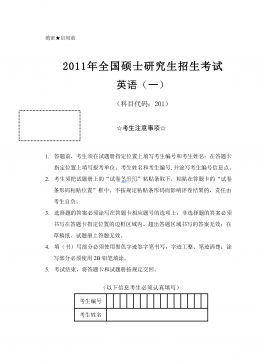
 2024-12-02 6
2024-12-02 6






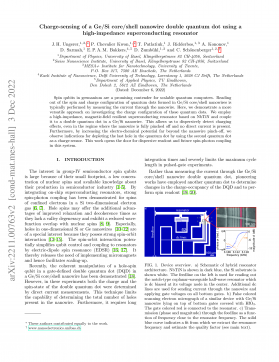
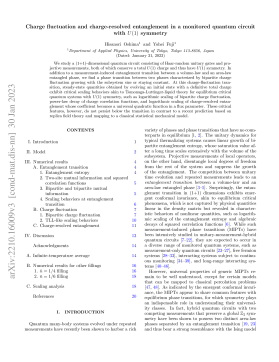
 渝公网安备50010702506394
渝公网安备50010702506394
